Starting with some "lookup" data, there are two approaches:
Method #1 -- using a lookup DataFrame
// use a DataFrame (via a join)
val lookupDF = sc.parallelize(Seq(
("banana", "yellow"),
("apple", "red"),
("grape", "purple"),
("blueberry","blue")
)).toDF("SomeKeys","SomeValues")
Method #2 -- using a map in a UDF
// turn the above DataFrame into a map which a UDF uses
val Keys = lookupDF.select("SomeKeys").collect().map(_(0).toString).toList
val Values = lookupDF.select("SomeValues").collect().map(_(0).toString).toList
val KeyValueMap = Keys.zip(Values).toMap
def ThingToColor(key: String): String = {
if (key == null) return ""
val firstword = key.split(" ")(0) // fragile!
val result: String = KeyValueMap.getOrElse(firstword,"not found!")
return (result)
}
val ThingToColorUDF = udf( ThingToColor(_: String): String )
Take a sample data frame of things that will be looked up:
val thingsDF = sc.parallelize(Seq(
("blueberry muffin"),
("grape nuts"),
("apple pie"),
("rutabaga pudding")
)).toDF("SomeThings")
Method #1 is to join on the lookup DataFrame
Here, the rlike is doing the matching. And null appears where that does not work. Both columns of the lookup DataFrame get added.
val result_1_DF = thingsDF.join(lookupDF, expr("SomeThings rlike SomeKeys"),
"left_outer")

Method #2 is to add a column using the UDF
Here, only 1 column is added. And the UDF can return a non-Null value. However, if the lookup data is very large it may fail to "serialize" as required to send to the workers in the cluster.
val result_2_DF = thingsDF.withColumn("AddValues",ThingToColorUDF($"SomeThings"))
Which gives you:

In my case I had some lookup data that was over 1 million values, so Method #1 was my only choice.

